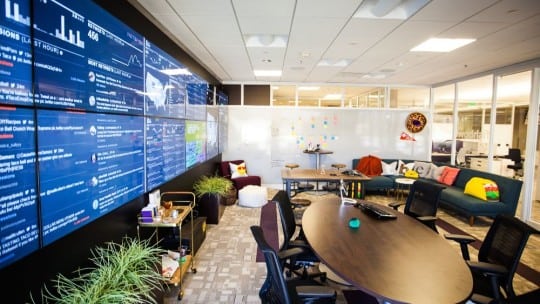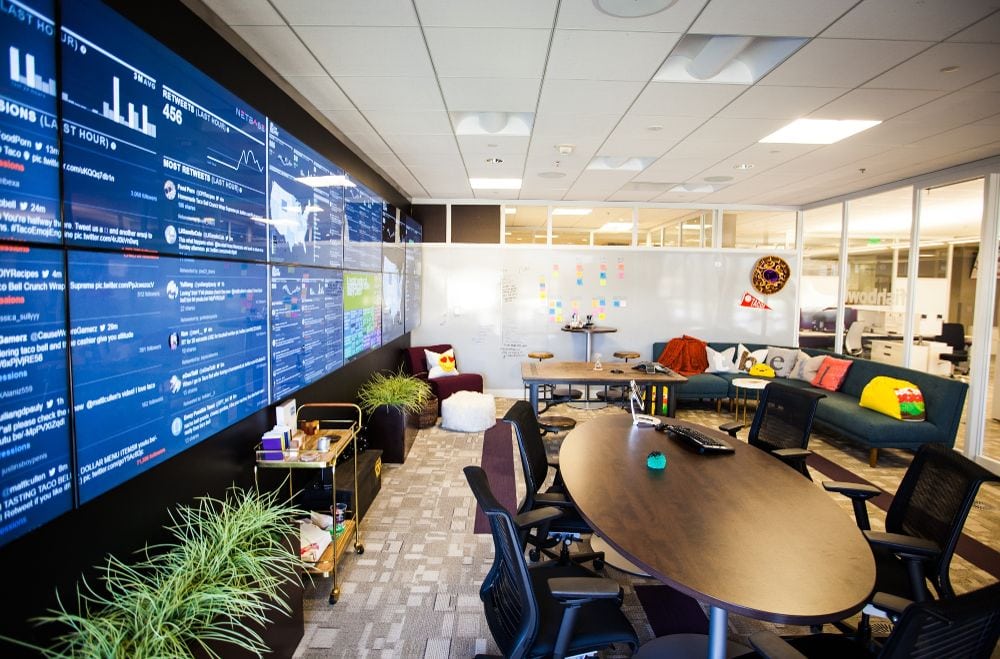
Is there a need to repeat the axiom that it’s not if your brand will experience a PR crisis, but when? (OK, we repeated it.) Seriously, take your pick of recent PR crises: Chipotle, Volkswagen, United Airlines, Kathy Griffin/CNN, Uber Technologies and Steve Harvey. We realize there’s no magic formula to react to the rise of negative conversations on social about your brand. Each situation is unique.
With thousands of restaurants throughout the country, Taco Bell is mentioned constantly on social. We asked Matt Prince, the brand’s PR & brand engagement manager, how Taco Bell deals with potential issues.
Listen for the Lifespan: For Prince and Taco Bell, social listening is a full-time occupation. During a potential crisis, it’s even more so. “One of the best things you can do in a potential crisis situation is to understand the lifespan of a conversation,” he says. “Many times the knee-jerk reaction of a brand is to react when it hears or sees something; it then issues a statement. And sometimes that’s the proper thing to do. Other times it’s best to sit back and do due diligence and say to yourself: ‘Is this conversation rising? If so, we need to be prepared with a statement and action to follow. Is the conversation declining or remaining steady? If so, probably the worst thing we can do is come out with a statement. That will just exacerbate the issue.’”

Manager, PR and Brand Engagement
Taco Bell
An Isolated Situation?“We have 7,000 restaurants across the country, so things happen on the local level all the time,” Prince says. “The critical question: Is it an isolated event in one market? If we rush out a statement it likely could elevate it to a national level and make the issue broader, without giving us time to solve the issue and gather background information. So sometimes it’s best to wait, not to the point where you seem incompetent, not [making journalists] wait on their inquiries.”
How Long to Wait: Waiting, Prince says, means conducting social listening “before journalist inquiries arrive. Waiting until you have solid information…on something before you put out a statement.” He notes, “With social especially, it can be one person saying something or someone with many followers…we follow [the social conversation] very, very closely, by the minute.”
Taco Bell works primarily with NetBase for social listening, he says, adding, “a lot of what we’ve created [with NetBase] is proprietary to our team to really leverage the tool the way that we use it.” The brand also uses “the native analytics tools on the social platforms. They always will be one of the best places to see what’s going on.”

How Taco Bell Measures
With the amount of social activity surrounding Taco Bell, we asked Prince about how the brand measures, which KPIs are valued and how his team reports metrics to the C-suite. “We email out numbers to folks in a campaign and that will typically ladder all the way up to the CEO of the company,” he says. “We also do quarterly business reviews where we go deeper into…what did well, why, what didn’t do well and why. Then we go into deeper trends of social, communications or marketing.” Those reviews are done in person.
What Metrics Are Important? “We are really careful about what numbers we share and why they are important. We don’t say, ‘Hey, this campaign has 1 billion impressions and that’s why it’s successful.’ That’s not the case. We use measurement for benchmarks…to gauge our campaigns against previous or future efforts.”
Prince says Taco Bell “never goes into a campaign or strategy saying, ‘We need X amount of engagement to be successful.’” Instead, impressions and engagement “are a byproduct of…the larger goal…our leadership is very clear that just getting a certain number of retweets isn’t going to drive the business. It’s going to help assist the campaign.”
Note: This content appeared originally in PR News, June, 19, 2017. For subscription information, please visit: http://www.prnewsonline.com/about/info
CONTACT: @matt_prince
